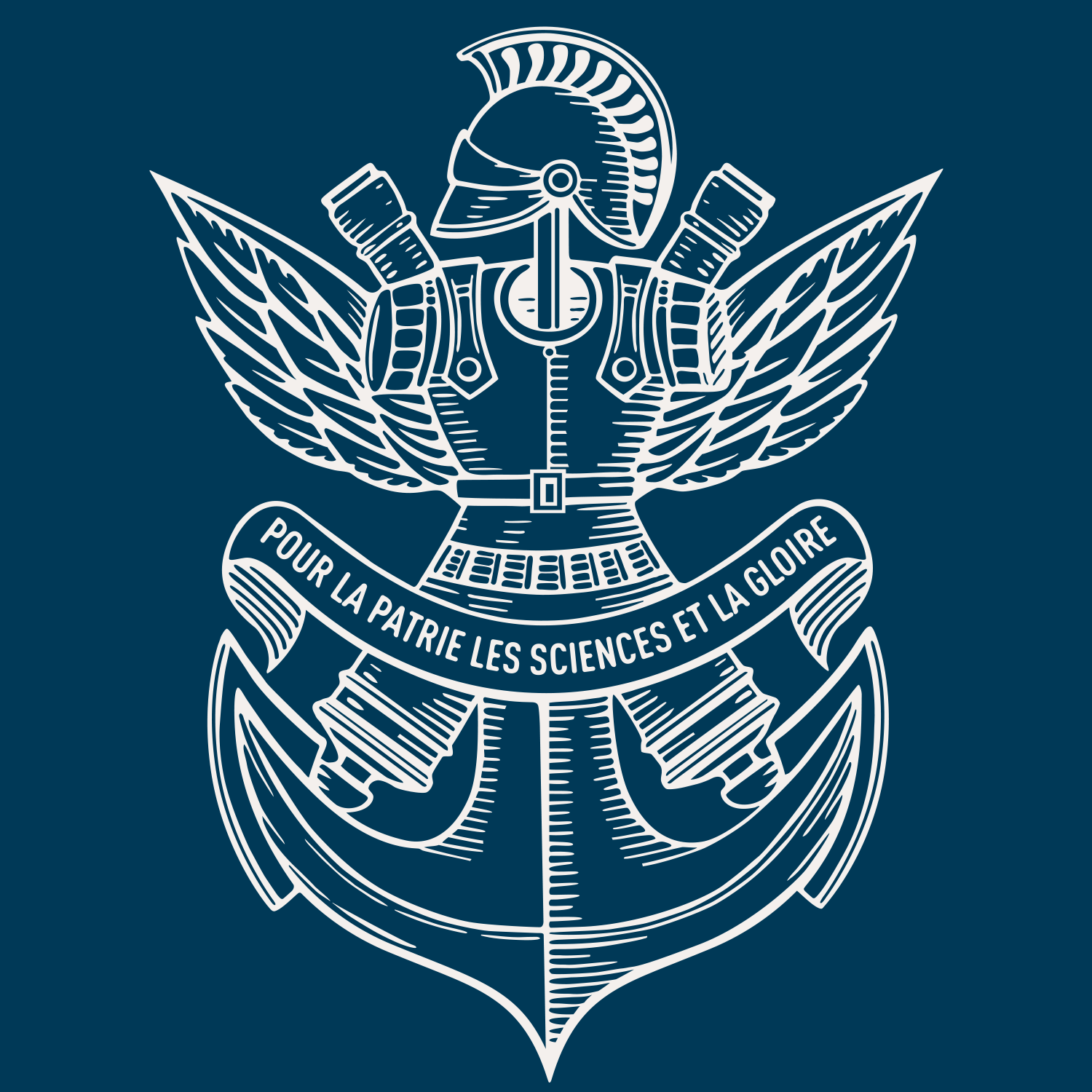Mueller matrix ellipsometry of artificial non-periodic line edge roughness in presence of finite numerical aperture
Résumé
We used azimuthally-resolved spectroscopic Mueller matrix ellipsometry to study a periodic silicon line structure with and without artificially-generated line edge roughness (LER). The unperturbed, reference grating profile was determined from multiple azimuthal configurations using a generalized ellipsometer, focusing the incident beam into a 60 μm spot. We used rigorous numerical modeling, taking into account the finite numerical aperture, introducing significant depolarization effects, and determining the profile shape using a four trapezoid model for the line profile. Data obtained from the artificially perturbed grating were then fit using the same model, and the resulting root-mean-square error (RMSE) values for both targets were compared. The comparison shows an increase in RMSE values for the perturbed grating that can be attributed to the effects of LER.
Origine : Fichiers produits par l'(les) auteur(s)
Loading...



